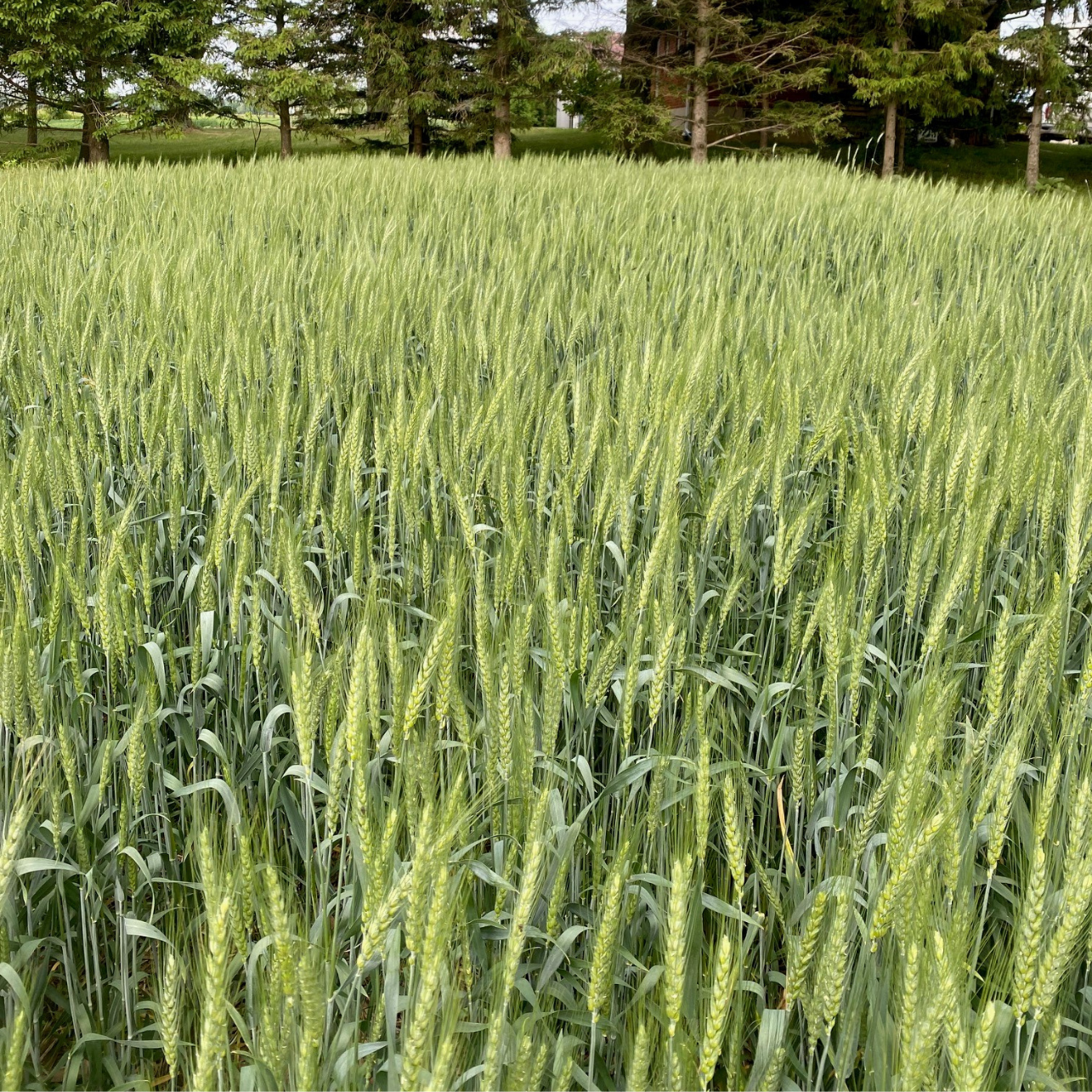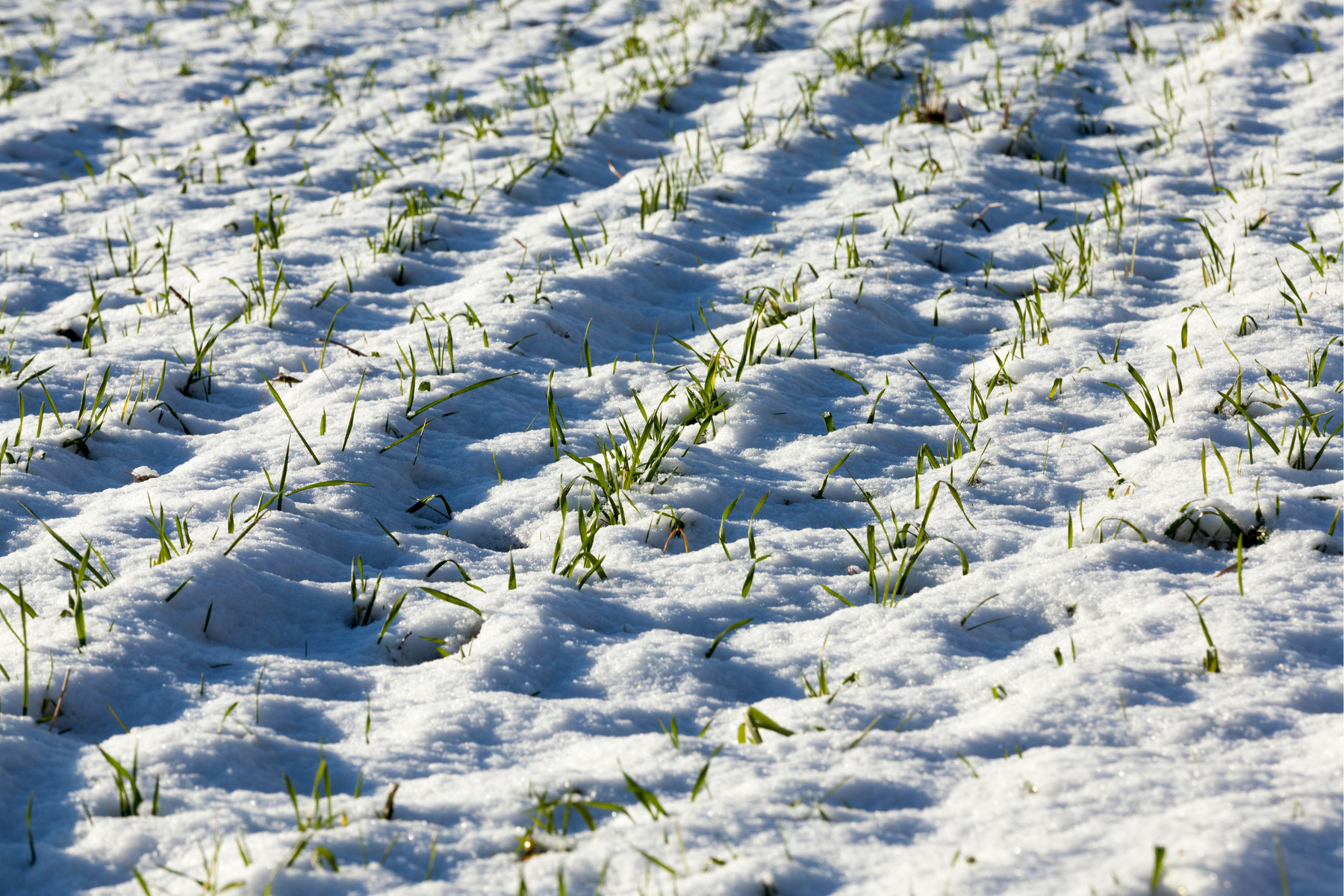As we gear up for another season of wheat cultivation, it’s crucial to stay vigilant against the threat of leaf diseases that can significantly impact yield and quality. At Sylvite Agri-Services, we’re dedicated to equipping you with the knowledge and tools needed to protect your wheat crop from diseases and maximize your harvest. In this article, we’ll explore common wheat leaf diseases and effective herbicide spraying strategies to keep your fields healthy and productive.
Understanding Wheat Leaf Diseases
Wheat leaf diseases, such as powdery mildew, stripe rust, and leaf rust, can wreak havoc on your crop if left unchecked. These diseases thrive in humid and warm conditions, making them prevalent during the growing season. Early detection and proactive management are key to minimizing their impact.
- Powdery Mildew: Characterized by white, powdery patches on leaves, powdery mildew can stunt plant growth and reduce grain quality if severe.
- Stripe Rust and Leaf Rust: These diseases manifest as yellow-orange pustules on leaves, ultimately leading to premature leaf death and reduced photosynthetic capacity.
Effective Herbicide Spraying Strategies
Proper herbicide application is essential for controlling wheat leaf diseases and maintaining crop health. Here are some key strategies to consider:
- Timing is Everything: Timing your herbicide applications correctly is critical for effective disease control. Monitor disease development in your fields and apply herbicides preventatively or at the earliest sign of infection.
- Choose the Right Herbicide: Select herbicides with proven efficacy against the specific wheat leaf diseases present in your region. Consult with agronomy experts or extension services to identify the most suitable products for your needs.
- Adopt Integrated Pest Management (IPM) Practices: Incorporate cultural practices such as crop rotation, residue management, and planting disease-resistant varieties to reduce disease pressure and minimize the reliance on chemical interventions.
- Optimize Application Techniques: Ensure proper calibration of sprayers and use appropriate nozzle types and pressure settings to achieve uniform coverage and maximize herbicide efficacy. Aim for thorough leaf coverage while minimizing drift to adjacent areas.
- Monitor Weather Conditions: Consider weather factors such as temperature, humidity, and wind speed when scheduling herbicide applications. Avoid spraying during windy or rainy conditions to minimize drift and maximize herbicide retention on target foliage.
Partner with Sylvite Agri-Services
At Sylvite Agri-Services, we’re here to support you every step of the way in your quest for healthy and high-yielding wheat crops. Our team of agronomy experts can provide personalized recommendations, top-quality herbicides, and industry-leading spraying equipment to help you combat wheat leaf diseases effectively.
Don’t let wheat leaf diseases take a toll on your yields and profits. Contact us today to learn more about our comprehensive agronomy services and crop inputs tailored to your needs.




